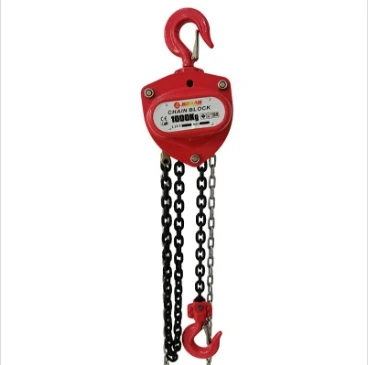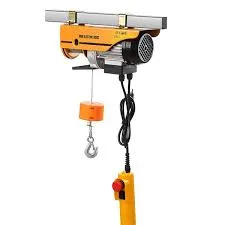Ensuring safety while working at heights is a crucial concern for industries ranging from construction to telecommunications. This often hazardous task demands not only specialized skills but also reliable safety equipment. As an industry professional, it's vital to be aware of the latest developments and best practices in safety gear to ensure both compliance and well-being.

First and foremost, harnesses are the backbone of any fall protection system. Modern full-body harnesses are designed for comfort, reducing fatigue over long periods while providing essential support and security. It’s essential that these harnesses are easily adjustable to fit diverse body shapes and sizes, thereby enhancing their effectiveness. Look for models that have quick-connect buckles and padded straps, which offer both speed and comfort during application.
Lanyards are equally important as they connect the harness to an anchor point. Shock-absorbing lanyards are recommended as they can dramatically reduce the force felt by a worker if a fall occurs, thus minimizing the risk of injury. Dual-leg lanyards, which allow continuous attachment as workers navigate around obstacles, are becoming increasingly popular due to their practicality in dynamic work environments.

Beyond harnesses and lanyards, anchor points remain a critical aspect of any fall protection plan. Fixed anchors must meet strict regulatory standards and be capable of supporting at least 5,000 pounds per worker attached. However, portable anchorage devices are gaining traction for their flexibility and ease of setup in areas where traditional anchoring is infeasible. These mobile systems often come with strong, secure fittings and should be tested rigorously before each use.
In recent years, personal fall arrest systems (PFAS) have evolved to include advanced technology that enhances safety. Self-retracting lifelines (SRLs) exemplify this trend; they extend and retract automatically, providing workers with freedom of movement while keeping the lifeline taut to prevent free-fall. Consider models with integrated damping systems that handle sudden stops and are equipped with reliable locking mechanisms.
Head protection is imperative when working at heights due to the risk of falling objects. Helmets, distinct from traditional hardhats, are designed to offer side impact protection and often come with chin straps to ensure they remain secure. Look for helmets that comply with the latest safety standards, featuring high-density foam liners and ventilation systems to improve comfort during extended use.
safety equipment for working at heights
Footwear, too, plays a critical role in fall prevention. Choose boots with slip-resistant soles that provide a firm grip on wet and inclined surfaces. Many modern safety boots are also lightweight and feature composites instead of steel, which not only meets protection standards but also reduces the strain from prolonged wear.
Having correctly selected equipment is not sufficient without proper training. Effective training programs should be comprehensive, covering not only the correct usage of safety equipment but also hazard recognition and emergency response. Regular drills and refresher courses can greatly enhance a worker's reflexive response during a real-life incident.
In addition to proper training, regular equipment inspections are vital. Conducting thorough checks before each use can identify wear and tear that escapes periodic audits. Keeping detailed logs of equipment condition and replacement schedules is instrumental in maintaining high safety standards.
Finally,
fostering a culture of safety is perhaps the most essential factor in protecting workers at height. Safety meetings that encourage open dialogue about potential risks and experiences can greatly contribute to this culture. Implementing suggestion schemes for improved safety measures and recognizing employees who demonstrate commitment to safety can bolster morale and collective responsibility.
In conclusion, while working at heights involves inherent risks, the use of advanced safety equipment and fostering a culture of attentiveness and respect for procedural guidelines can significantly mitigate these dangers. As technologies evolve and new products enter the market, staying informed and educated about these advancements will ensure that workers remain protected, productive, and secure.








